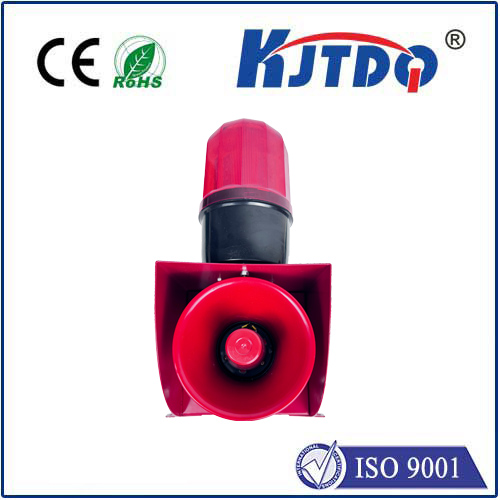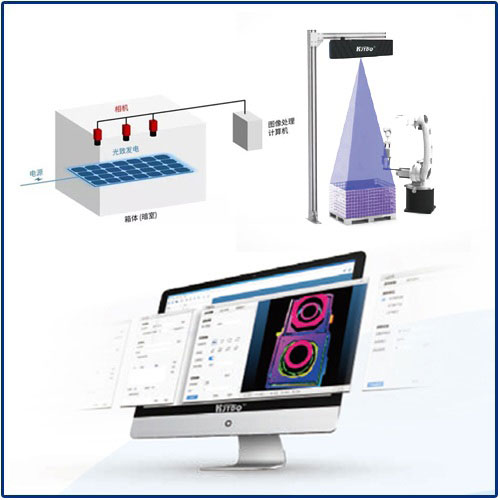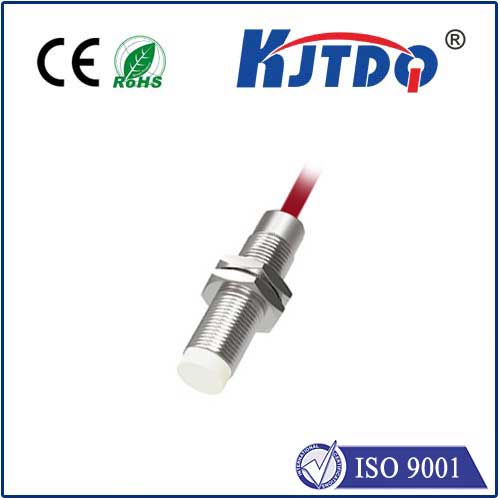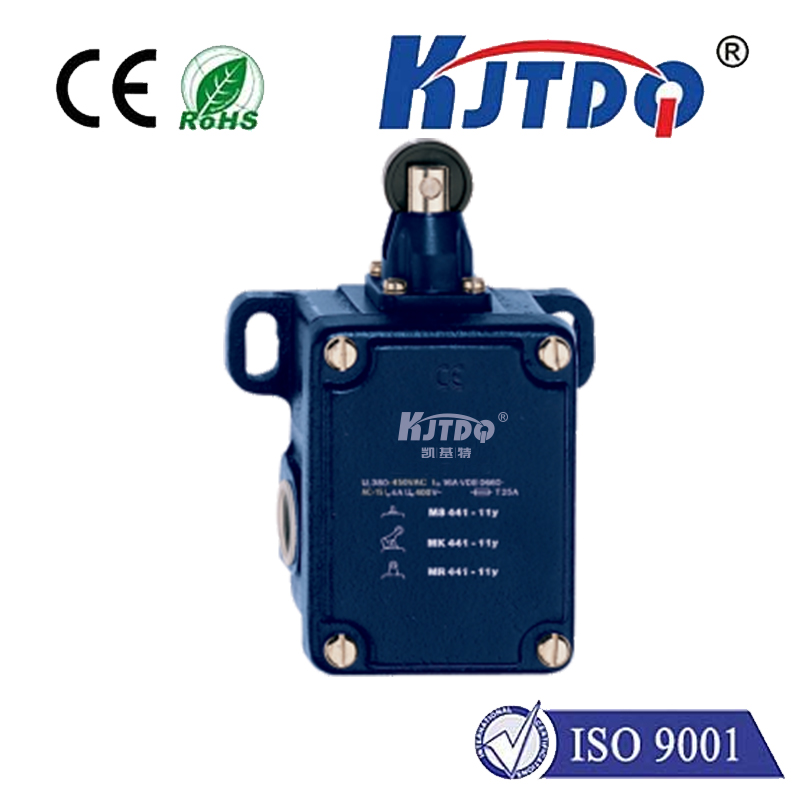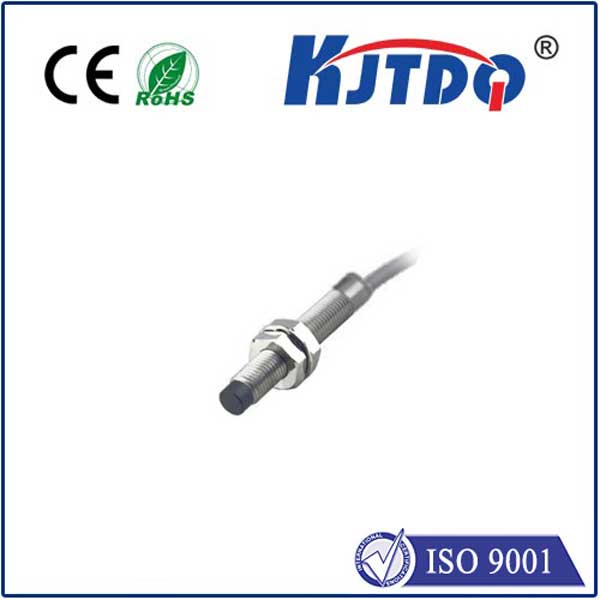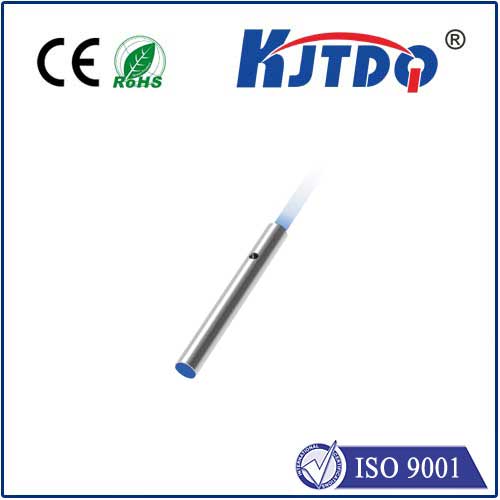
check

check

check

check
Height Limit Switch: Ensuring Safety and Efficiency
In the world of industrial machinery and equipment, safety is always the top priority. One essential component that plays a crucial role in maintaining safety and efficiency is the height limit switch. This innovative device is designed to control the movement of machinery based on its vertical position, preventing accidents and ensuring optimal performance.
The primary function of a height limit switch is to detect the presence or absence of an object within a specific range. When the object reaches a predetermined height, the switch sends a signal to stop or reverse the direction of the machinery. This feature makes it ideal for use in conveyor systems, elevators, cranes, and other applications where precise control over vertical movement is required.

One significant advantage of a height limit switch is its ability to improve operational efficiency. By automatically adjusting the machine's movement, it reduces the need for manual intervention and minimizes downtime due to operator error. Additionally, it helps maintain consistent product quality by ensuring accurate placement and positioning of items during manufacturing processes.
Another important benefit of using a height limit switch is enhanced safety. In industries such as construction or material handling, machines often operate at heights that pose significant risks to workers and equipment. By limiting the maximum height that machines can reach, these switches help prevent collisions and other hazards that could result in injuries or damage to property.
Moreover, height limit switches are versatile and can be customized to meet specific requirements. They are available in various types, including mechanical, electromechanical, and electronic models. Each type offers unique features and benefits suited to different applications and operating conditions.
Mechanical height limit switches use a physical mechanism, such as a lever or roller, to detect changes in height. These switches are reliable and durable but may require regular maintenance to ensure proper functioning. On the other hand, electromechanical switches combine electrical and mechanical components to provide greater sensitivity and accuracy. They are ideal for applications requiring high precision and repeatability.
Electronic height limit switches offer advanced capabilities, such as digital inputs/outputs and configurable parameters. They allow for easy integration with automation systems and provide real-time feedback on machine performance. However, they may be more complex to install and configure than their mechanical counterparts.
In conclusion, the height limit switch is an essential component in ensuring safety and efficiency in industrial applications. Its ability to control vertical movement based on predefined limits makes it an indispensable tool for operators seeking to optimize performance and reduce risks associated with machinery operation. As technology continues to advance, we can expect further innovations in this field that will enhance the functionality and effectiveness of height limit switches even further.



